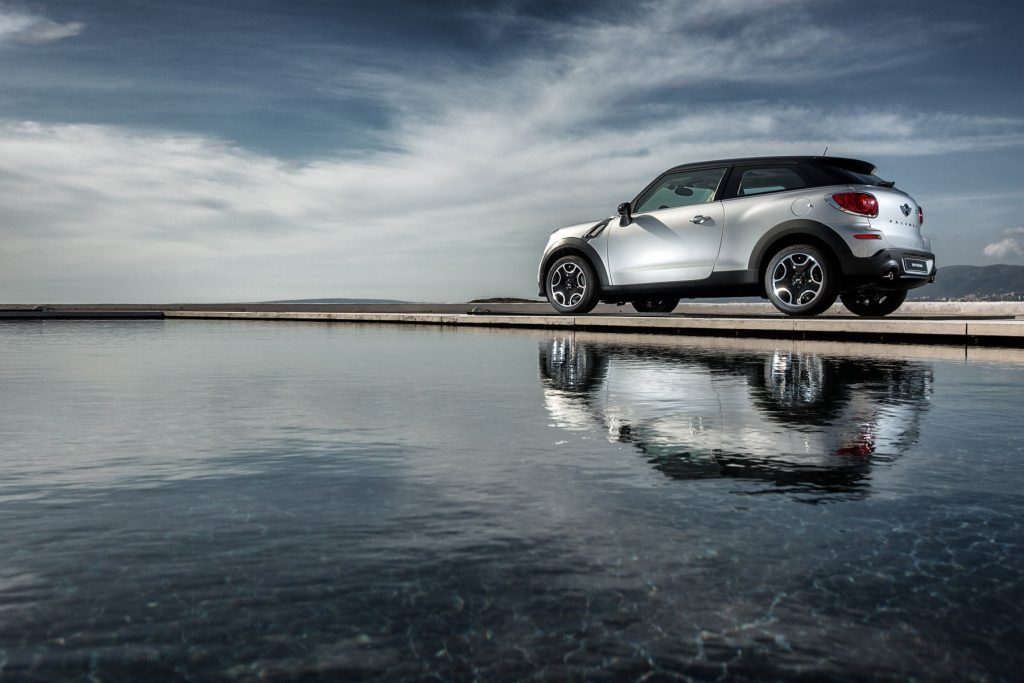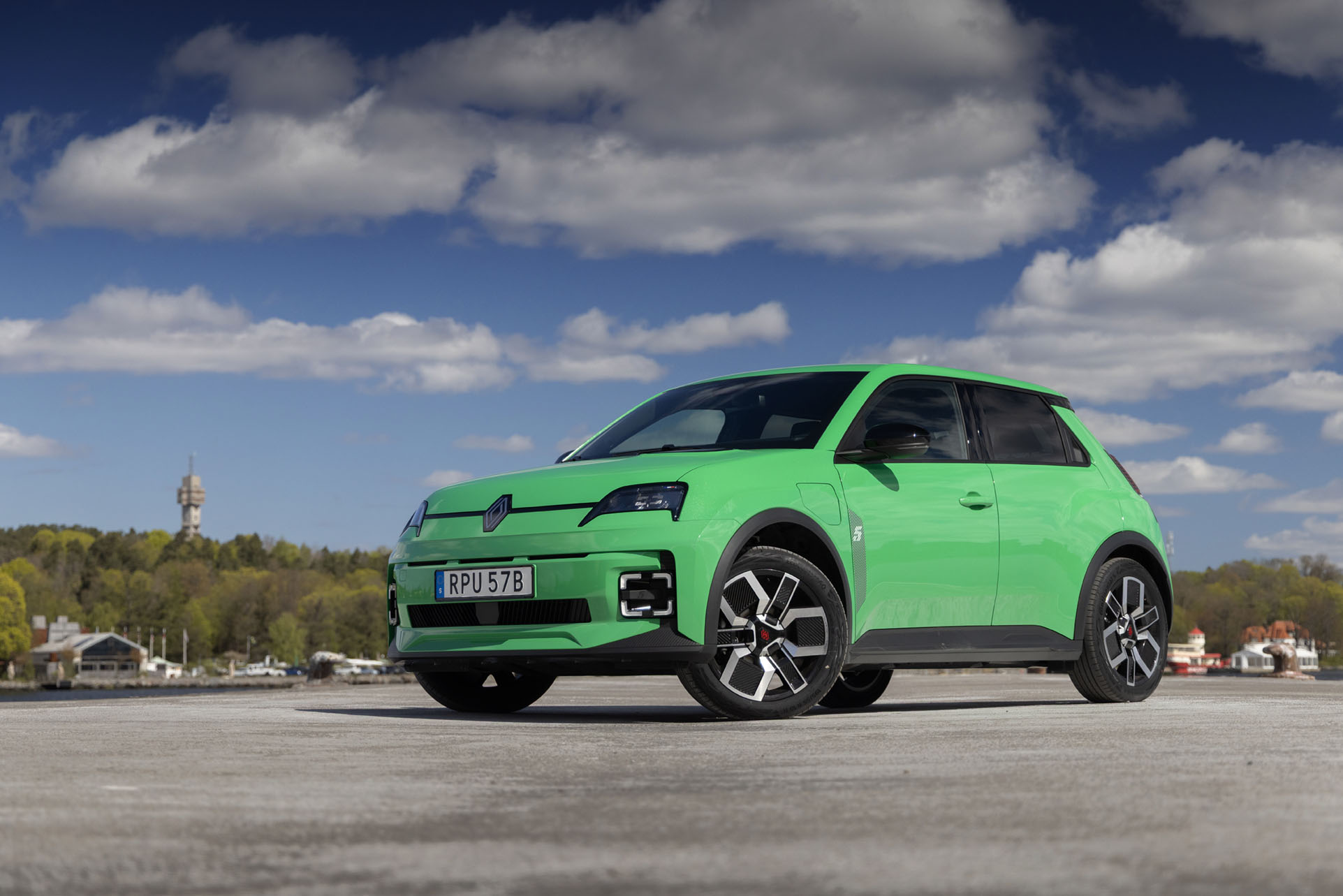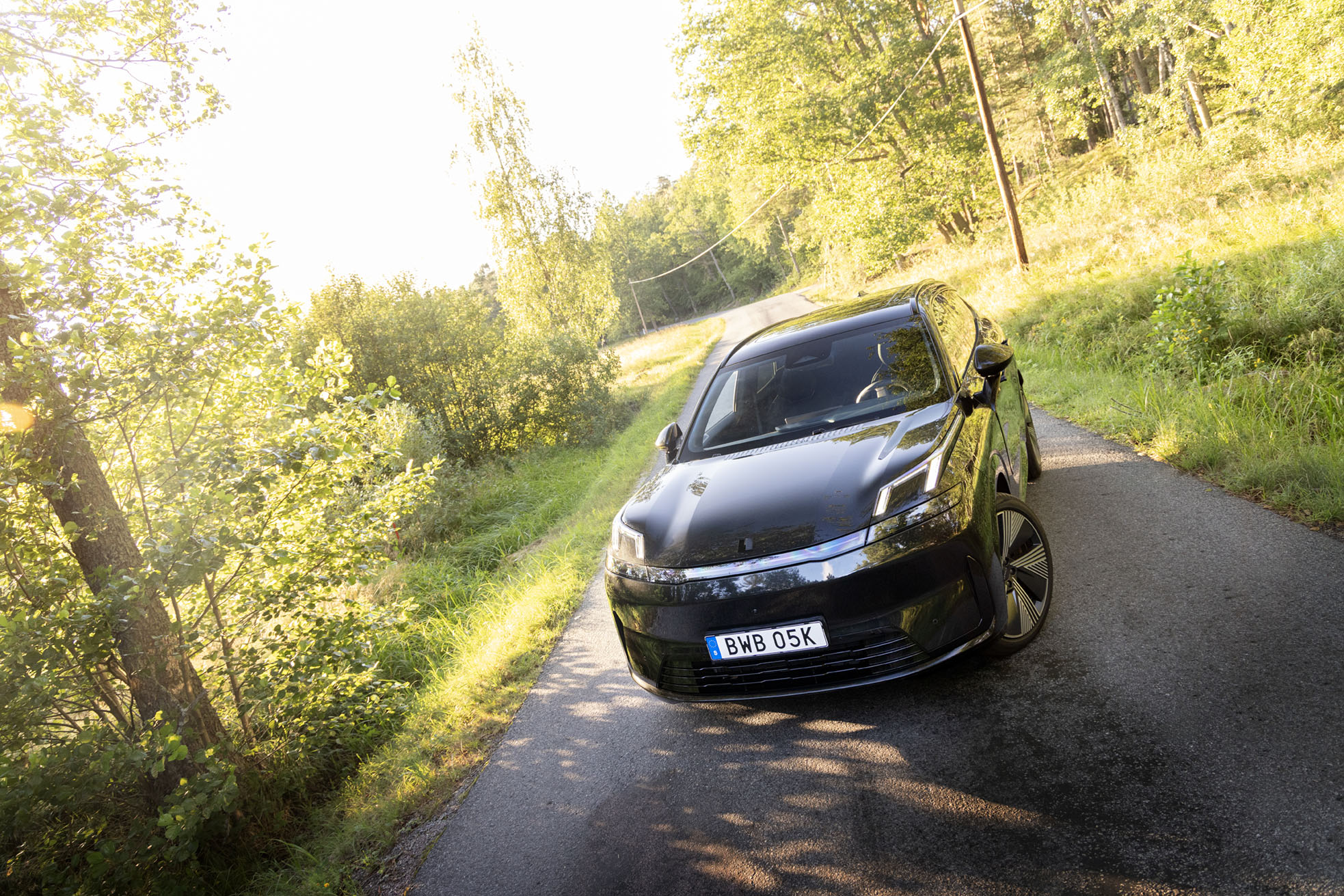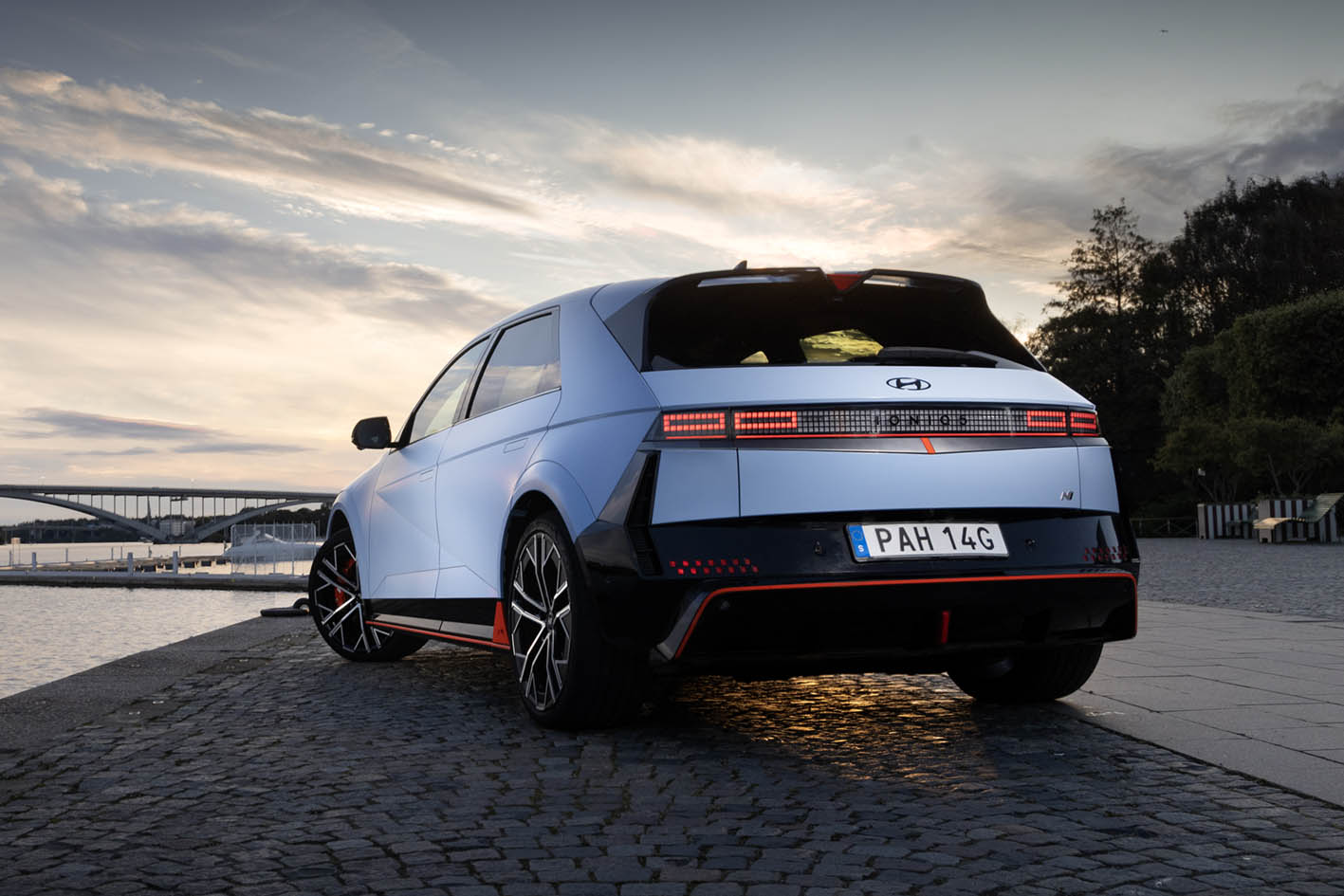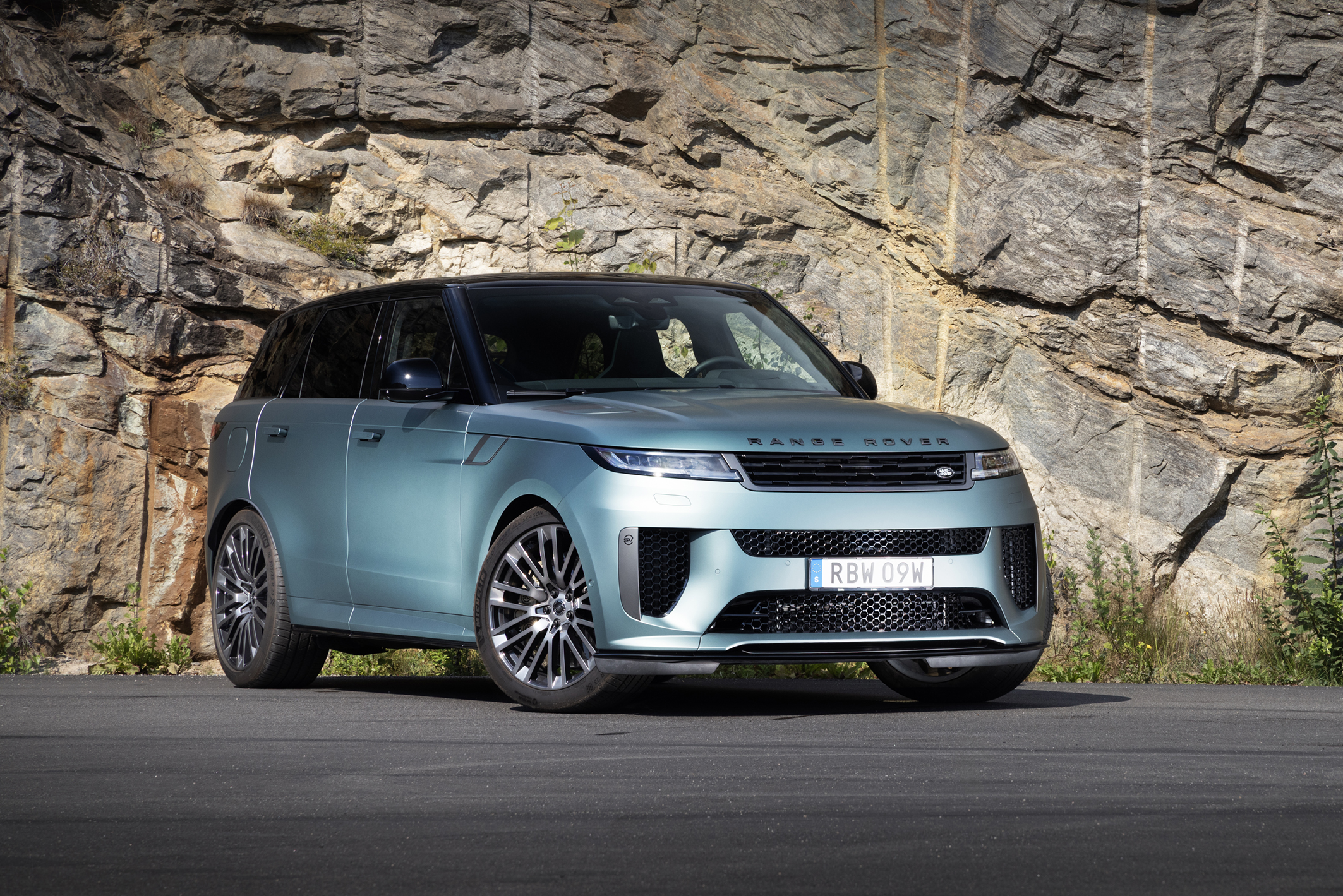
The article was originally produced on November 20, 2012, some facts and prices may have changed since then.
Mini Paceman
With more than five million manufactured cars under its belt, there is no doubt that the Mini story is a success story. Can the new model Paceman continue this? Follow Cars Collection to sunny Mallorca where we will find out if this is the case.
With more than five million manufactured cars under its belt, there is no doubt that the Mini story is a success story. Can the new model Paceman continue this? Follow Cars Collection to sunny Mallorca where we will find out if this is the case.
Since BMW, in 1994, took over the iconic British Mini, a lot has happened. The brand was born in 1959 and then under the name BMC (British Motor Corporation). Before the name Mini became permanent in 1969, the model was manufactured under several names such as e.g. Morris, Austin, Wolseley and Riley. Manufacturing also took place in various parts of the world, Spain, Australia, South Africa, Venezuela and Chile to name a few in addition to the UK. In the early eighties, a Mini model called Metro was produced, but it was not a success and is considered by many not to be a pure Mini. It was only when the "new" Mini (now under the auspices of BMW) in 2001 was presented as the New Mini that the success story could continue. The shapes, which were directly inspired by the original, made many fall for its cute attitude. The new Mini's trendy status is as obvious as the brand's cult stamp these days.

A car that even got its name named after its size will of course be difficult to innovate. Few car models have succeeded as well as the Mini in this matter, almost to the point of exaggeration according to some. Nowadays, there are a multitude of variants and the latest is the new interpretation of the Countryman model, which has been named Paceman. Countryman is a Mini with higher ground clearance and four doors. The model segment with which this type of car is associated is called SAV, Sport Activity Vehicle. With the new Paceman, one more cover is added, which becomes the SAC, Sport Activity Coupé, because it is considered the first among this type of model. Another car that is very close and came before is the Range Rover Evoque. However, Mini believes that the Paceman is a smaller car and therefore should not be compared to the Evoque.
The outer dimensions have shrunk slightly compared to the Countryman sibling, 24 mm in length and 34 mm in height. The ground clearance has also dropped by ten millimeters. The big difference is that the Paceman only has two doors, which means a completely new rear section. The well-proportioned rear fender widths and coupe-like roofline are among the attributes that should give the Pacamen a sportier attitude compared to its sibling.

The test drive of the new Mini Paceman was held in Mallorca, the island that hardly needs a closer presentation to the common man. But what many may not know is the island's wealth of fantastic winding roads along the coastal cliffs. Especially on the western side via a small village called Estellencs. Despite the sun being the main object in the sky, a downpour in the morning had made the roads treacherously slippery in some parts. With the Paceman first coming as a front-wheel-drive version, it was important to keep our mouth shut. But with good balance and fine steering, as well as a stiffer chassis compared to the Countryman, the Paceman feels direct and easy to handle. The car offers few surprises and the communication from the steering wheel down to the wheels is clear, just as it should be when the road conditions can change without warning.

The heart of the Paceman Cooper S is a 1.6 liter four-cylinder petrol engine with turbo. The power of 184 horses is achieved at 5500 revolutions. The maximum torque of 260 Nm is available between 1700-4500 rpm. 0-100 is done in 7.5 seconds and the top speed is just under 220. Figures that both on paper and in practice speak for a lively and rapt demeanor. A weight of just over 1,300 kilos strengthens the behavior in reality. With the manual box, the ride is anything but boring, each corner is attacked in a similar way to a racing track with late braking points and optimal apex. Adrenaline-filled thrills are coming!

Interior-wise, the Paceman doesn't differ that much from the Countryman. The large speedometer still sits in the center of the dash with its Mickey Mouse-like vents on top. The biggest difference is that the rocker switches for the window lifts have moved from the center console out to the doors and are now of the traditional variety. A bit of a shame, but more practical. The rails between the seats that were introduced with the Countryman are also found in the Paceman. Various smart holders for drinks, mobile phones and boxes for sunglasses can be attached to it. It is also illuminated from below in a delicious way that can be changed to different colors.
Mini envisions the Paceman to primarily attract trendy people in town. It is clear that the coupe model is more suitable for people without children. You still sit perfectly in the two seats at the back and getting in is smooth thanks to the fact that the front seats can be pushed far forward. If you need to carry more cargo, the seats fold down easily and the cargo space increases from 330 liters to 1080. Later, several models are available in addition to the Cooper S version Cars Collection drove in Majorca. Among other things, there will of course be four-wheel drive and automatic gearbox options as well as diesel versions. As icing on the cake, a John Cooper Works model with 211 horses will also be presented. Whether Paceman will be a success or not remains to be seen. That it is a Mini in tough packaging that invites you to dance with a big smile on the winding Mallorcan roads, there is no question about it!
Mini Paceman
| Basic price | not confirmed |
| Engine | 1.6-liter diesel four, 184 hp. Torque 260 Nm |
| Transmission | 6-speed manual, four-wheel drive |
| Acceleration | 0-100 in 7.5 seconds |
| Top speed | approximately 220 km/h |
| Fuel consumption mixed driving according to the manufacturer | 6.1 l/100 km |
| Weight | 1,330 kg |
| Guarantees | 2-year new car, 12-year rust, 3-year paint warranty |
| Web | www.mini.se |
